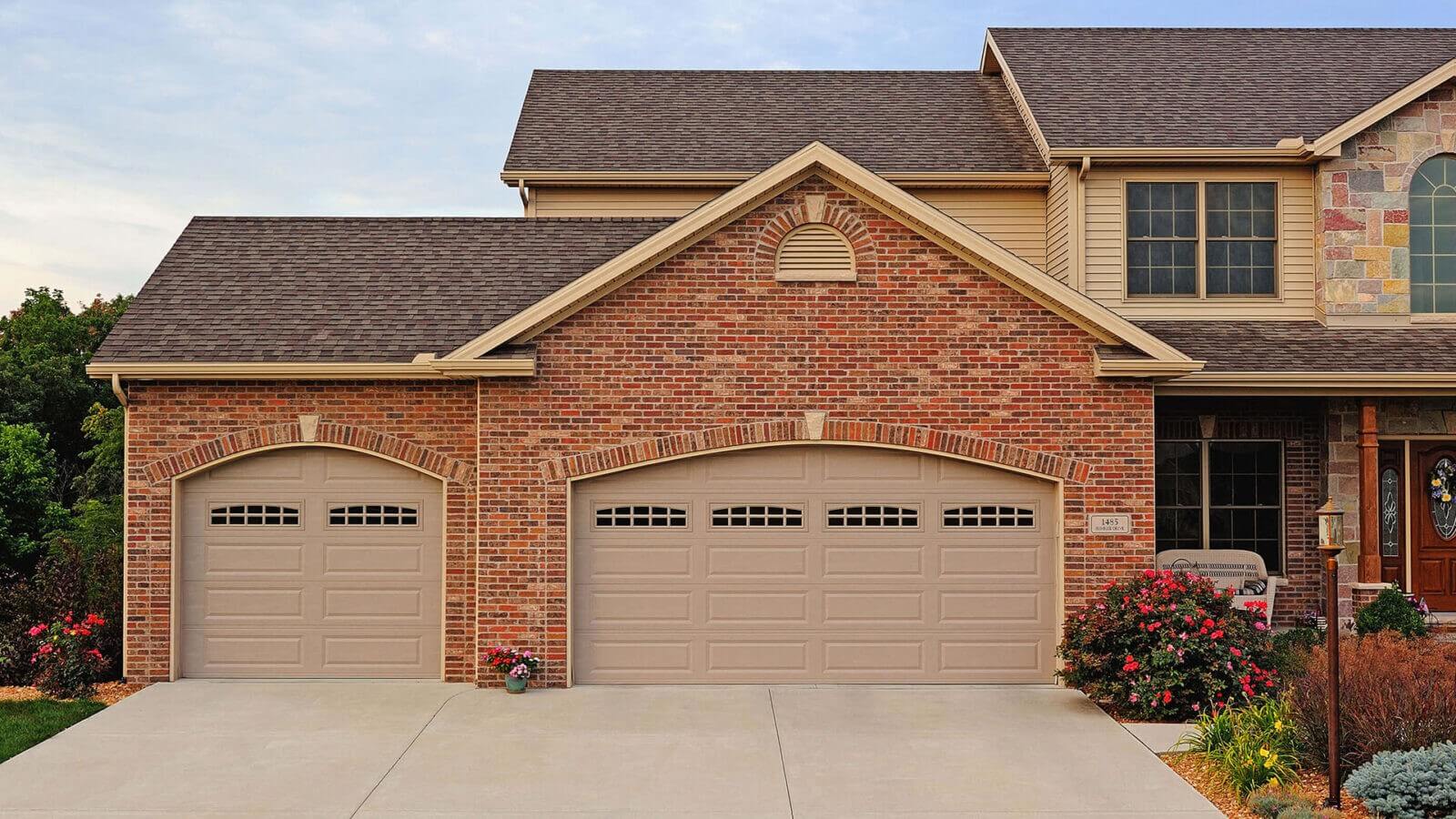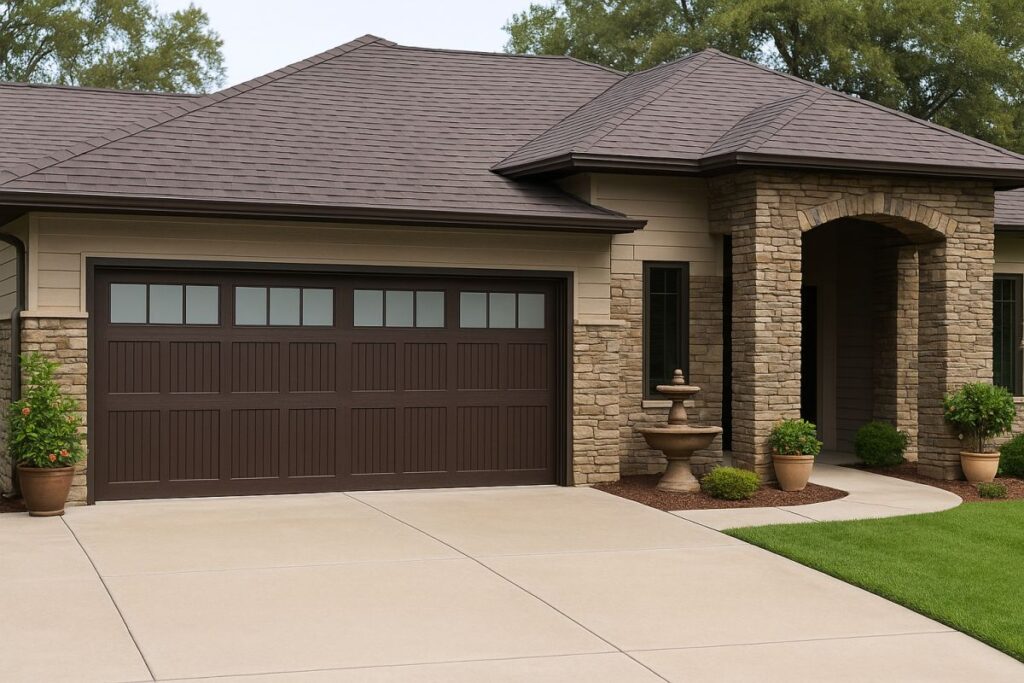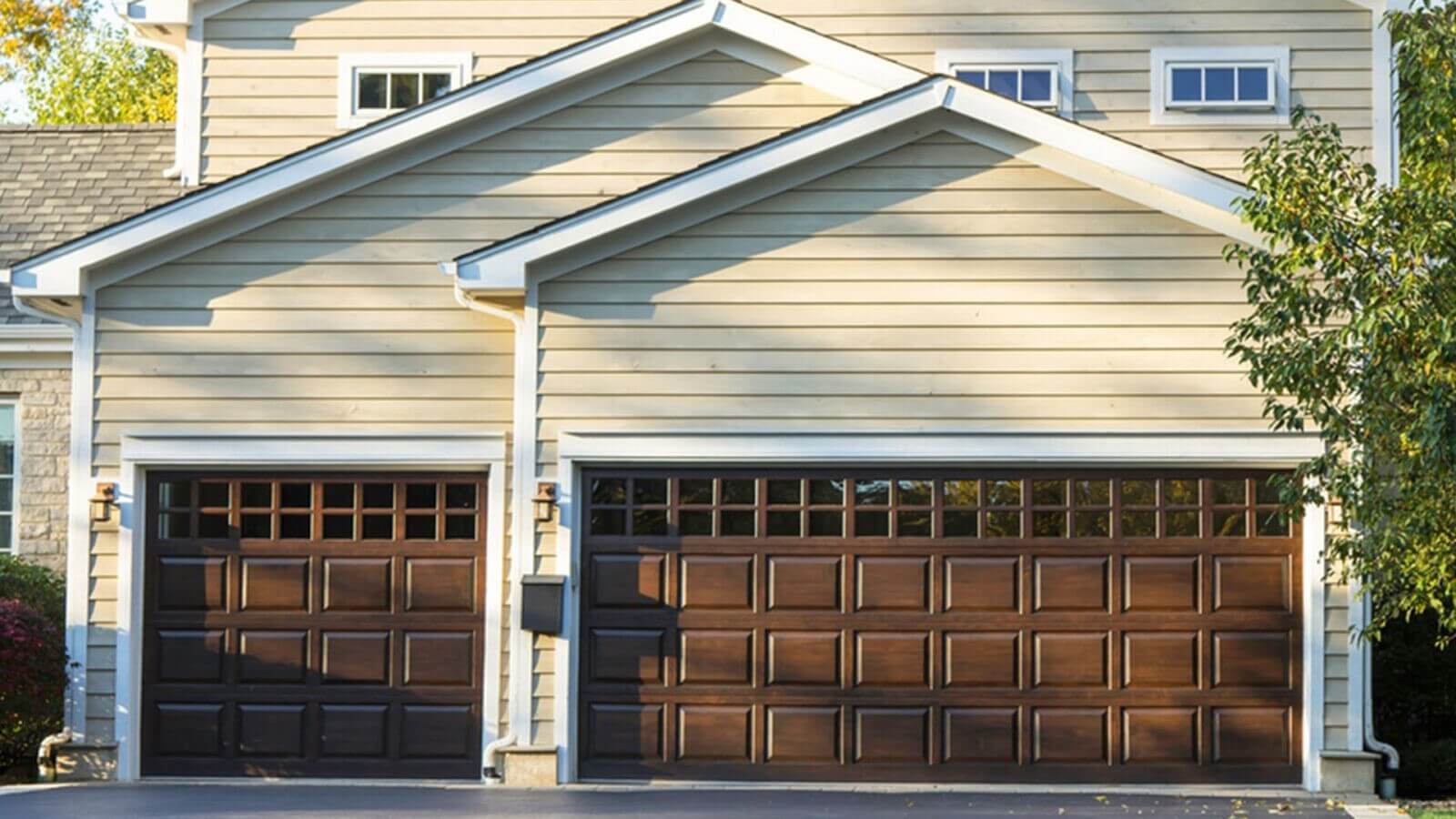What Is The Most Common Garage Door Repair?
Introduction
Garage doors are an essential aspect of our homes, providing security and convenience. Yet, like any mechanical system, they can wear out or malfunction over time. When that happens, understanding the most common types of garage door repairs can save you time, money, and frustration. In this article, we’ll dive deep into the ins and outs of garage door repairs, exploring everything from basic maintenance to common issues and their solutions.
What Is The Most Common Garage Door Repair?
When it comes to garage door repair, one issue stands out as the most prevalent: problems with the door's garage door repair springs. Over time, garage door springs can weaken due to regular wear and tear, leading to a host of issues from improper opening to complete failure. These springs are under immense tension, making their repair potentially dangerous for DIY enthusiasts.
Understanding Garage Door Springs
- Types of Springs: There are two main types of springs used in garage doors—torsion springs and extension springs.
- Torsion Springs: Located above the door opening, these coils are wound tightly and help lift the heavy door.
- Extension Springs: Found on either side of the vertical tracks, these extend when opening and contract when closing.
Why Do Springs Fail?
Springs can fail due to several factors:
- Age: Most springs last about 7-9 years depending on usage.
- Poor Maintenance: Neglecting lubrication can lead to rust and stiffness.
- Incorrect Installation: If springs aren't installed correctly from the get-go, they may break sooner than expected.
Signs Your Garage Door Springs Are Failing
Common Garage Door Problems Beyond Springs
While spring issues reign supreme in the world of garage door repairs, several other common problems often arise.
1. Misaligned Tracks
What Causes Misalignment?
Over time, your garage door tracks can become misaligned due to:

- Accidental impacts (like bumping into them with a vehicle).
- Loose mounting brackets.
How To Fix Misaligned Tracks
2. Faulty Remote Controls
Why Do Remotes Stop Working?
Sometimes it’s not the door but the remote that causes headaches! Common culprits include:
- Dead batteries
- Blocked signals
Troubleshooting Tips
3. Broken Cables
Understanding Cable Issues
Garage doors have cables that assist in lifting the weight of the door alongside the springs. If these break or fray:
- You’ll notice that your garage door won’t budge at all.
Solution Steps
Call a professional for cable replacement; it’s risky business tackling this on your own!
4. Sensors Malfunctioning
How Do Sensors Work?
Most modern garage doors come equipped with safety sensors that prevent them from shutting if something is in their path.
Signs of Sensor Issues
If your garage door reverses unexpectedly:

- Check if there’s dirt on sensors.
- Ensure they're aligned correctly.
5. Damaged Panels
How Do Panels Get Damaged?
Accidents happen! Dents or cracks can occur from impact (like car bumps) or extreme weather conditions.
Repair Options
You have two choices here:
Maintenance Tips for Preventing Repairs
Keeping your garage door in tip-top shape requires some routine care:
1. Regular Lubrication
Use silicone-based lubricant on all moving parts every six months—this helps prevent squeaks and ensures smooth operation!
2. Visual Inspections
Check for signs of wear regularly:

- Look at cables for frays
- Inspect springs for rust
3. Balance Testing
Disconnect your opener (if applicable) and manually lift the door halfway; it should stay put without assistance.
FAQs
FAQ 1: How often should I have my garage door serviced?
It's recommended to service your garage door at least once a year to avoid major repairs down the line.
FAQ 2: Can I fix my own broken spring?
While some DIY enthusiasts might attempt this task, it's best left to professionals due to safety concerns—springs are under high tension!
FAQ 3: What should I do if my garage door won't open?
Check for power issues first—the opener might be unplugged! If all else fails, consider calling a technician.
FAQ 4: What's more cost-effective—repairing or replacing my garage door?
It depends on age and damage level; generally speaking, if repairs exceed 50% of replacement costs, go for a new one!
FAQ 5: Why does my garage door make noise when operating?
Noisy operations usually indicate worn-out rollers or lack of lubrication—time for some TLC!
FAQ 6: Can weather affect my garage door's performance?
Absolutely! Extreme temperatures can cause metal components to expand or contract affecting how smoothly they operate.
Conclusion
Navigating through potential pitfalls regarding what is the most common garage door repair doesn’t have to be overwhelming! By familiarizing yourself with common issues such as spring failures along with proactive maintenance techniques outlined here—you’ll not only enhance safety but also prolong lifespan efficiency!
So next time you hear that dreaded creak or see those ominous signs suggesting repair is needed? You’ll be well-prepared armed with knowledge—and maybe even enough confidence to tackle minor fixes yourself!